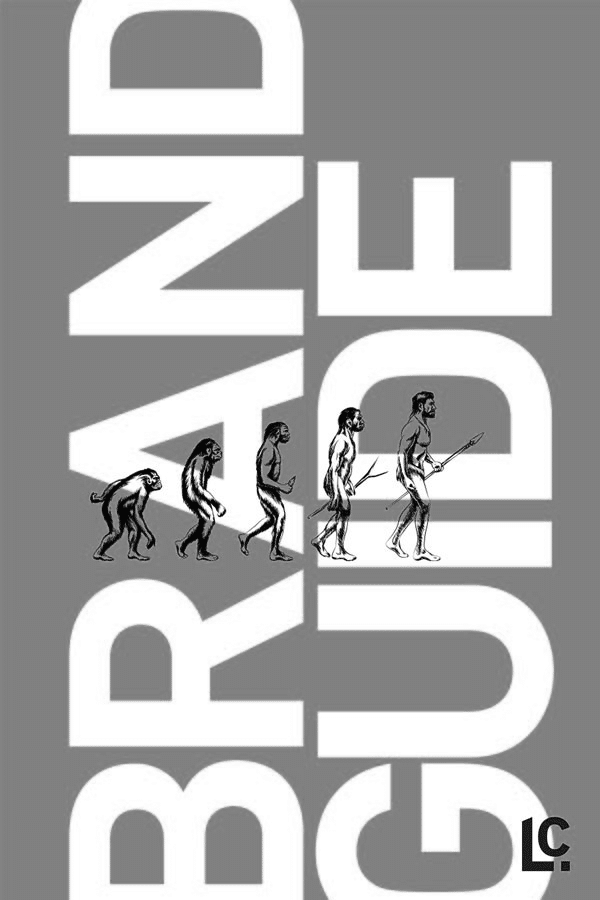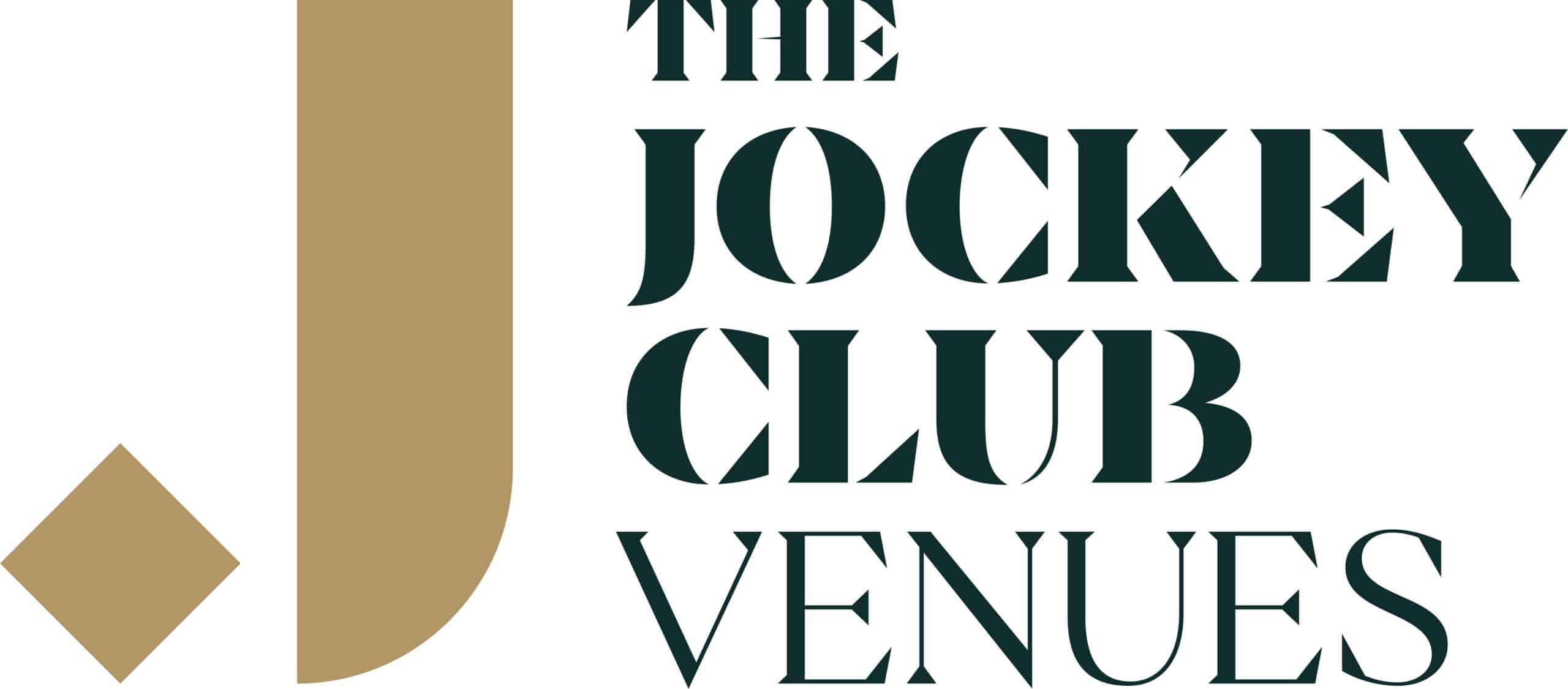Is There Light at the End of the Tunnel? – Caxton
9th April 2020

There hasn’t been much good news lately, as the coronavirus continues to rampage across the world. Investors, however, are beginning to see some glimpses of light emerging at the end of the tunnel.
The infection rate in Italy, one of the hardest hit nations thus far, continues to decline; New York, the hardest hit US state, may have reached the ‘apex’ of its infection curve; while Wuhan, the Chinese city where the pandemic began, has now reopened after a near 3-month long lockdown.
This is, however, a guessing game; both for epidemiologists and for investors.
The peak of the disease can, by definition, can only be identified after the event. Therefore, while these are – undoubtedly – positive signs, it is difficult to say with certainty that the world is out of the woods.
This poses a problem for investors, who are trying to position for what comes next, despite the present state of the pandemic remaining shrouded in uncertainty. Furthermore, and a second problem facing markets, the economic impact of the pandemic and associated lockdown measures is also unclear.
What is clear is that we are now in the midst of the first global recession in a decade. What is less clear is how quickly economies can bounce back from their presently hibernated state.
There is, unfortunately, not a clear answer to this question at this stage; though it is clear that the recovery will likely be asymmetric. In countries that have aggressively eased monetary policy and implemented significant, targeted, fiscal measures – such as the US and UK – the recovery should be swifter, albeit not immediate. In areas, such as the eurozone, where the monetary response has been more limited, and the fiscal response somewhat lacking, the recovery is likely to be more prolonged.
As investors digest incoming economic data, and attempt to piece together the post-pandemic economic jigsaw, the only certainty is that volatility is set to remain elevated. This elevated volatility should also see safe-haven assets – bonds, the dollar, and gold – remain supported, as a result of both risk aversion and investors hedging riskier positions.
History may be able to teach us some lessons about where we go next. In 2008, the most recent global recession, equity markets didn’t bottom out until around 6 months after the bear market began. Despite the accelerated nature of the sell-off this time around, it is difficult to argue against there being further downside to come for global equity markets, particularly as the brutal economic blow from the pandemic becomes increasingly clear. It is also worth remembering that some of the biggest market rallies can be seen in bear markets.
To conclude, while there are clearly some glimmers of optimism beginning to creep in, it is far too early at this stage to say that the end to the pandemic is in sight. Consequently, volatility is set to remain elevated, and there may be more pain to come for risk assets.
With foreign currency being a fundamental part of business, Caxton are providing a free consultation service to all members, available Monday to Friday 8am-6pm.
Simply email kevin.bottwood@caxtonfx.com to arrange a time to speak or alternatively ask any questions you may have. We look forward to hearing from you.
Michael Brown, Senior Market Analyst, Caxton Business








































